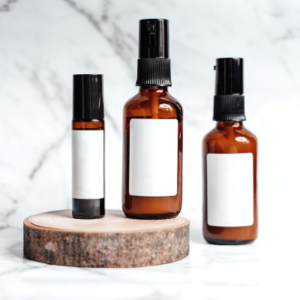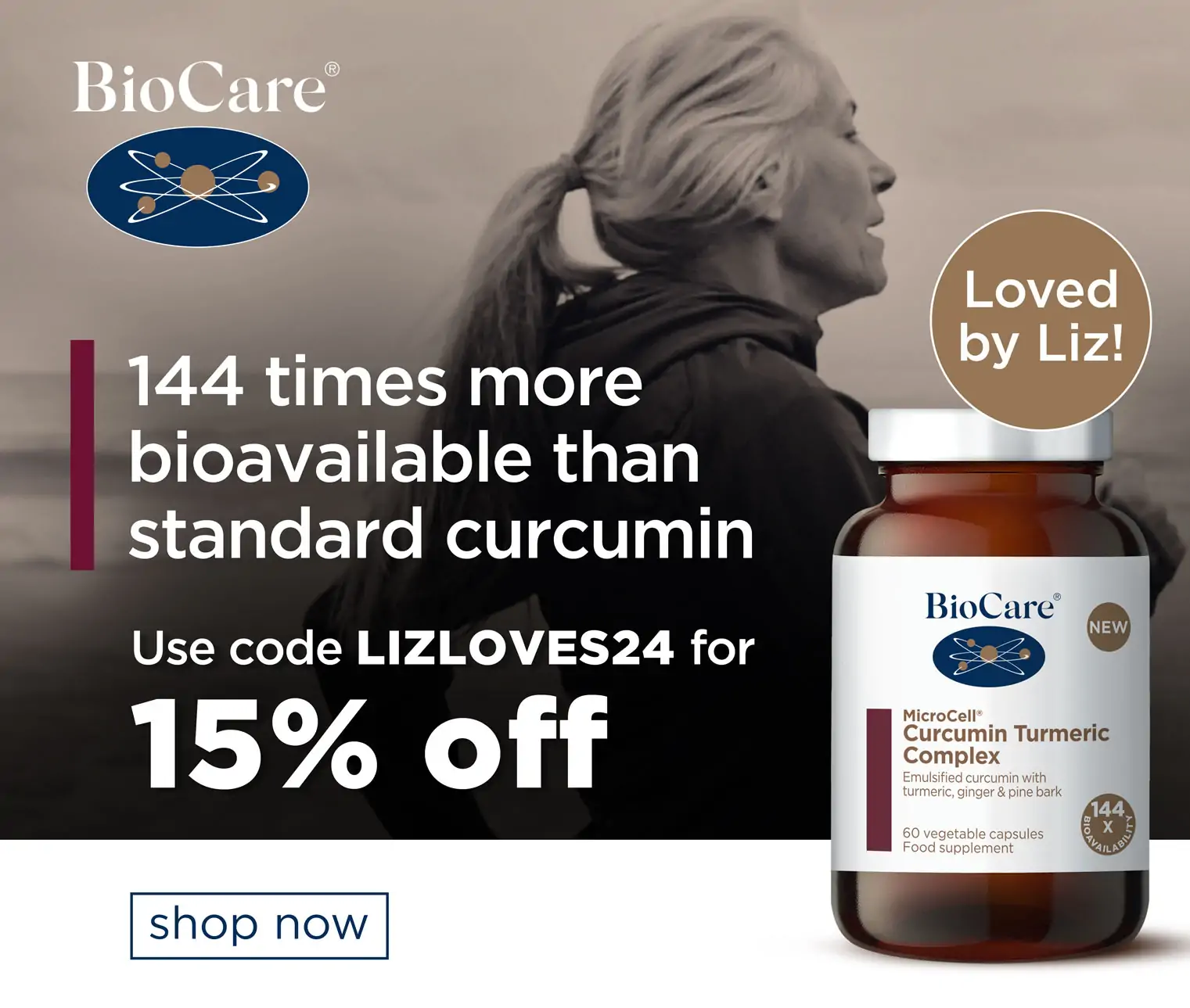Healthy Skin
How to deal with sun damaged skin
Sun damage, or photoageing, is a common cause of premature skin ageing, with many of us seeking remedies to turn back the clock.
Excessive sun exposure can cause sun-induced hyperpigmentation. Both UVA and UVB rays stimulate the skin to produce more melanin in order to prevent the skin from further injury. This can lead to sun spots or more bronzed patches appearing.
Other signs of a sun-damaged complexion also include fine lines and wrinkles, along with red, spidery veins.
Here, we share effective, research-backed ways to help improve the appearance of sun damaged skin.
How to improve the appearance of sun-damaged skin
Prevention
 Prevention is always better than cure and, if we’re dealing with sun damaged skin, it’s important to ensure that it doesn’t get any worse.
Prevention is always better than cure and, if we’re dealing with sun damaged skin, it’s important to ensure that it doesn’t get any worse.
Using an SPF in your skincare routine all year round (yes, even when it’s cloudy) can help to protect skin. Sun protection should be the last step of your beauty routine, after moisturiser and pre-makeup – although you can now get SPFs that go over makeup to top-up your protection.
Another thing to consider is to stay out of the sun during the hottest hours of the day. A wide-brim sun hat can also help to keep your face and chest protected.
It’s also important to keep an eye on your moles and any other skin changes that may occur. Speak to your GP if you are concerned by any changes that you’ve noticed in your skin. This includes a mole that has changed in size, shape or colour, or if it’s painful, itchy, or bleeding.
Retinol
Now, onto what we can do to improve the appearance of sun-damaged skin.
Retinol can help to increase cell turnover, which can help to fade hyperpigmentation caused by sun damage and improve the appearance of fine lines and wrinkles. The Ordinary, Beauty Pie (use LIZLOVES for £10 off your first month) and Paula’s Choice retinols are all popular and effective choices.
It’s important to remember that retinols increase your skin’s sensitivity to the sun. Only use retinol at night and ensure you’re using adequate sun protection in the day to avoid causing further damage.
While it’s a holy grail skincare ingredient, people with sensitive skin often can’t tolerate retinol. If that’s you, then try bakuchiol.
A plant-based alternative to retinol, clinical results show that bakuchiol is just as effective as retinol in tackling the ageing signs of sun damage, but doesn’t cause any of the stinging or scaling some people see after retinol use. We love By Sarah’s Bakuchiol Booster – use LIZLOVES for 20% off.
 More skincare
More skincare
Other at-home skincare ingredients can help to improve the appearance of sun induced hyperpigmentation, such as azelaic acid and arbutin.
Gentle exfoliation can also help to shed the cells that contain the extra melanin.
Exfoliating peels, salicylic acid, and glycolic acid can all effectively exfoliate the skin and bring about a reduced level of pigmentation.
Remember to start slow with these kinds of ingredients before building up to ensure you don’t overdo it.
Laser treatments
Some laser treatments can be effective in improving the appearance of wrinkles and pigmentation caused by sun damage.
There are different types of lasers, depending on your skin concern. For example, pigment-specific lasers target dark spots.
Laser is non-invasive and shouldn’t result in skin peeling, meaning you can get on with your day-to-day. But it can be a pricey option.

 More skincare
More skincare



